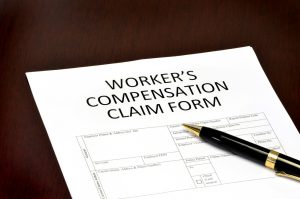In the last month of the Trump administration, the Labor Department finalized a regulation to clarify for employers which workers are employees and which are independent contractors.
Because independent contractors are typically ineligible for employee benefits, businesses have an incentive to classify workers that way. The new regulation’s purpose is to make answering the question easier.
The regulation employs an “economic reality test” that courts have developed over the years. It asks “whether, as a matter of economic reality, the workers depend upon someone else’s business for the opportunity to render service or are in business for themselves.” This test considers two “core factors” and three additional “guideposts” to answer this question. The core factors are:
The nature and degree of control over the work Who sets the work schedule, the worker or the employer? Can the individual work for the employer’s competitors? Who selects the projects on which the individual works?
How much opportunity the worker has for profit or loss based on initiative and/or investment Can the worker make more money only by working more hours? Can he or she vary their profit or loss by hiring workers or buying equipment or materials?
If the worker’s status is still unclear after answering those questions, the employer must consider the additional guideposts. These are:
The amount of skill required to do the work Does the job require “specialized training or skill that the potential employer does not provide?” If so, the worker may be an independent contractor.
How permanent the relationship between the worker and employer is The worker may be an employee if “the extent (of) the work relationship is … by design indefinite in duration or continuous.”
Whether the work is part of an ‘integrated unit of production Is the individual’s work separate from the employer’s production process? According to one analysis, “this factor will turn on whether the individual works under circumstances analogous to a production line.”
Lastly, the rule states, regardless of what a contract between the two parties or a particular theory may hold, “the actual practice of the parties involved is more relevant …” If there is a conflict between a contract and reality, the Labor Department will emphasize what actually happens.
The takeaway
The new regulation is due to take effect on March 8, 2021. However, some believe that the new Biden administration will delay or even rescind it. One observer predicted that the administration would “look for ways to scrap it.”
Even if the regulation takes effect unchanged, its reach will be limited. Relevant state and local laws still apply. For example, California enacted a law in 2019 that applies a different test to the question of independent contractor status, one that many observers believe will result in more workers being classified as employees.
Whatever the regulation’s ultimate fate, employers should classify workers based on how much control they have over them. That, and not whether the employer gives the worker a 1099 tax form, will determine whether he or she is an independent contractor.





